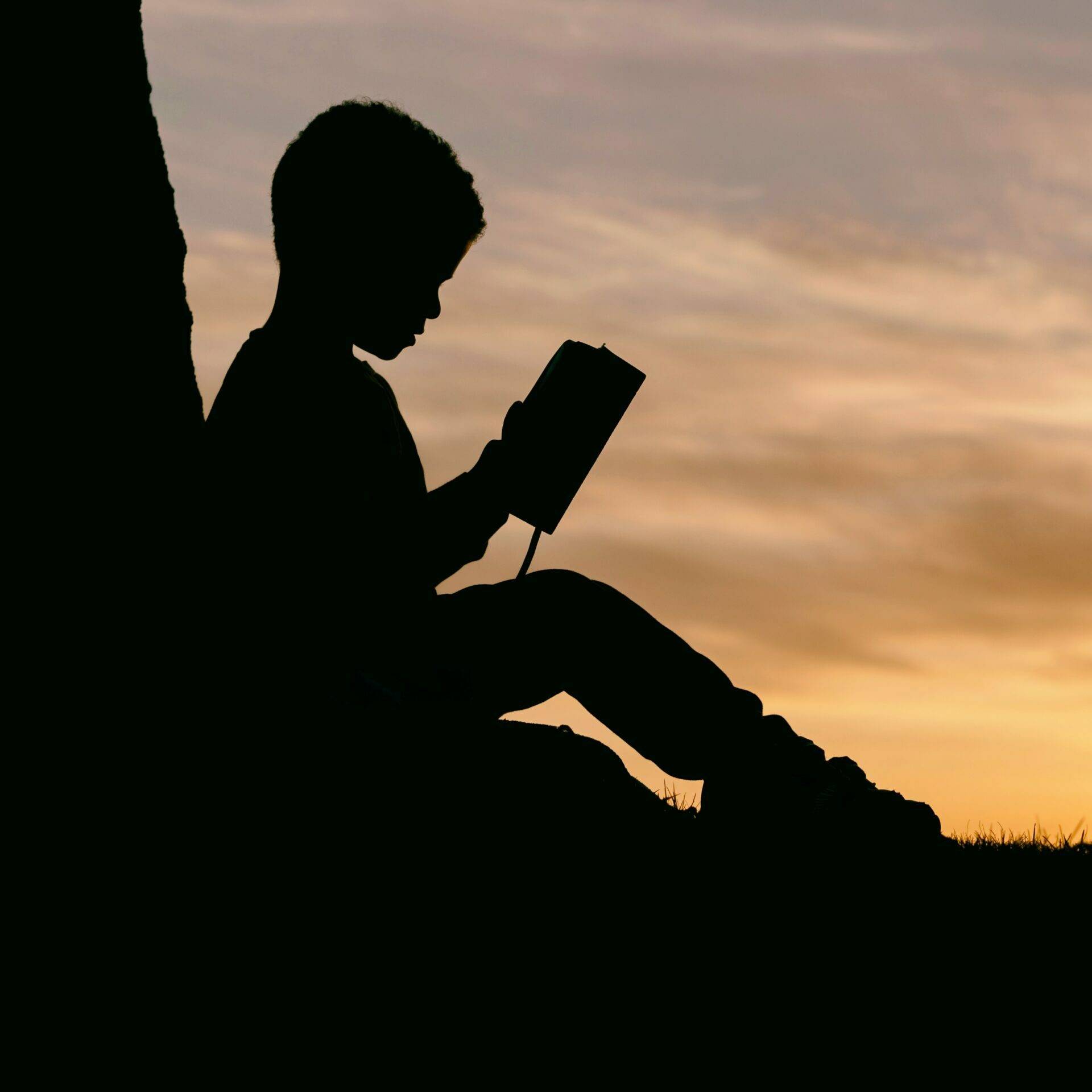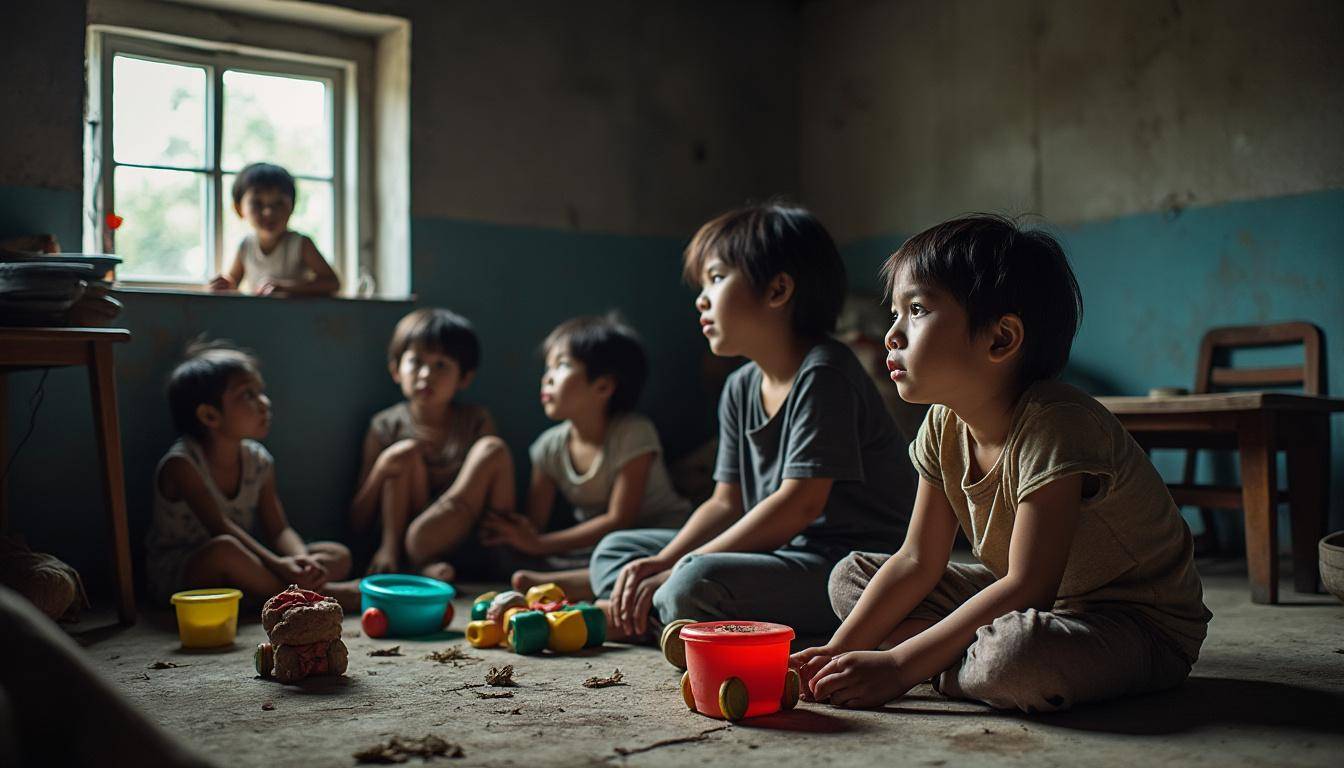More than one in ten children under 16 in the European Union faced material deprivation in 2024, highlighting persistent challenges in ensuring an acceptable standard of living for all young citizens. The inability to afford essential goods and services impacts not only children’s well-being but also their educational opportunities and overall development. Exploring these dynamics offers valuable insight into the socio-economic disparities affecting children across Europe and the vital roles played by families’ educational background and geographic location.
Material Deprivation Among Children in the EU: Key Statistics and Regional Differences
In 2024, 13.6% of children under 16 in the EU experienced material deprivation, defined as lacking at least three of a set of 17 necessary or desirable items for an acceptable living standard.
- Highest rates appeared in Greece (33.6%), Romania (31.8%), and Bulgaria (30.4%), indicating significant socio-economic challenges in these countries.
- Lowest rates were recorded in Croatia (2.7%), Slovenia (3.8%), and Sweden (5.6%), reflecting relatively better access to material resources.
These disparities emphasize how geography strongly shapes children’s living conditions within the EU. Regions with higher deprivation rates often see compounded effects on education, health, and social inclusion.
Influence of Parents’ Education on Child Material Deprivation
Children’s risk of experiencing material deprivation is closely tied to their parents’ educational attainment:
- Only 5.6% of children whose parents completed tertiary education were materially deprived, showing the protective effect of higher parental education.
- Conversely, 39.1% of children with parents whose maximum education was lower secondary level faced material deprivation.
The pattern is particularly stark in countries like Slovakia (88.6%), Bulgaria (84.1%), and Greece (77.2%), where low parental education correlates strongly with child deprivation. In contrast, Poland (9.1%), Luxembourg (9.2%), and Sweden (12.2%) exhibit significantly lower rates for disadvantaged educational backgrounds.
Even among parents with tertiary education, material deprivation among children varies:
- Greece (17.6%), Spain (11.6%), and Bulgaria (8.1%) report higher deprivation rates despite parents’ higher education.
- The lowest rates within this group are found in Slovenia (0.6%), Croatia (0.7%), and Czechia (0.8%).
How Material Deprivation Affects Children’s Lives Beyond Finances
Material deprivation isn’t just about missing goods; it deeply influences children’s development and future prospects:
- Educational hurdles: Lack of basic supplies and access to technology can diminish academic performance and participation.
- Psychosocial impact: Feeling excluded from peers due to missing possessions or experiences affects mental health and social development.
- Nutritional deficits: Insufficient access to adequate food compromises physical health, directly linked to cognitive ability.
Organizations such as UNICEF, Save the Children, and World Vision have long highlighted the need for comprehensive strategies tackling these interconnected issues, including education, health, and social support programs tailored to deprived children.
Initiatives Helping Combat Child Material Deprivation in Europe
Many NGOs and alliances actively work to reduce child deprivation by:
- Implementing food assistance programs, echoing calls to expand free school meals and nutritional support.
- Providing educational resources and after-school tutoring to bridge gaps caused by material shortages.
- Offering psychosocial and community-based support through organizations like Oxfam, The Red Cross, and Feed the Children.
- Advocating policy changes via coalitions such as the European Childrens’ Rights Alliance to foster systemic solutions.
Socioeconomic Factors Exacerbating Material Deprivation Among Children
Beyond education, several socio-economic elements influence deprivation rates among children:
- Household composition: Children in single-parent families face higher deprivation (22.9%) versus those in two-parent households (6.9%).
- Household size: Larger families with three or more children commonly report double the deprivation rates (20.5%) compared to those with fewer children (10.2%).
- National economic disparities: Variations in GDP, employment rates, and social policies deeply affect material living standards.
These combined factors call for multidimensional approaches involving economic support, inclusive education, and community engagement to address material deprivation effectively.
Engaging Communities and Advocates to Support Vulnerable Children
Effective action involves empowering local actors and aligning efforts from global to grassroots levels:
- ChildFund and Action Against Hunger empower families through nutrition and education programs.
- St. Jude Children’s Research Hospital contributes with medical and psychosocial care for affected children.
- Local NGOs collaborate in raising awareness and tailoring interventions most relevant to their communities.
Sustainable change depends on continuous investment in education, health, and social infrastructure, backed by policy frameworks that recognize children’s rights and needs at their core.


